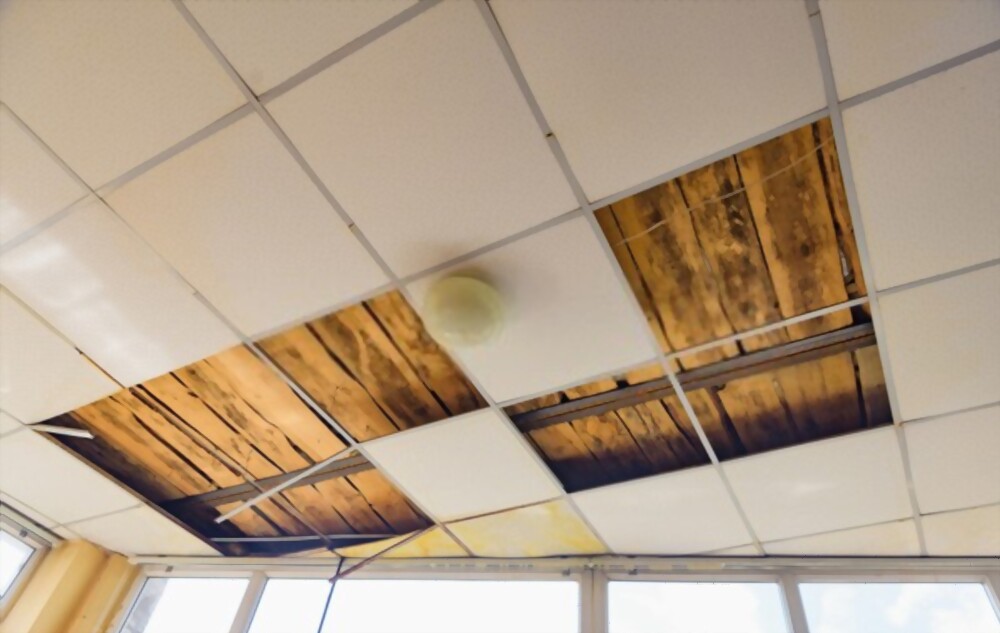Introduction:
In today’s fast-paced world, maximizing comfort and efficiency in both personal and professional spaces has become crucial. One significant consideration in achieving this goal is noise reduction. A welcoming and peaceful space can significantly impact one’s mood and productivity. This is where acoustic ceilings come into play. Aiming to optimize sound quality and minimize noise, acoustic ceilings are perfect solutions to create a serene environment. In this ultimate guide, we will explore what acoustic ceilings are, their various materials, and how they can be installed to transform your space for the best comfort and efficiency.
1. Understanding Acoustic Ceilings: What are they, and how do they work?
Acoustic ceilings are sound-absorbing panels that are installed to either replace or cover a room’s existing ceiling. These ceilings are designed to minimize sound transmission and ultimately enhance the overall acoustic quality within a space. Acoustic ceilings are composed of ceiling tiles or panels that are made from materials that have excellent sound absorption capabilities. They gravitate noise towards them and convert sound energy into heat, thereby reducing echoes and sound reverberation.

2. Acoustic Ceiling Materials: The Pros and Cons
There are various materials used in the production of acoustic ceilings, including:
Mineral fiber: It is budget-friendly, offers good sound absorption, and can be painted.
Fiberglass: Offers excellent sound absorption, is lightweight and eco-friendly, but can be more expensive than other options.
Metal: Has a sleek design, provides a durable and easy-to-clean surface but offers less sound absorption compared to other materials.
Wood: Adds a warm, natural look to space but can be costly and challenging to install.
An essential factor when considering materials is the noise reduction coefficient (NRC) rating. This rating indicates how well a material absorbs sound, with a higher number equating to better sound absorption.
3. Effective Sound Absorption and Noise Reduction
Acoustic ceilings are a popular noise control solution for residential, commercial, and industrial applications. Their sound absorption and noise reduction abilities create a quieter and more soothing environment, which is essential in various settings such as offices, schools, and healthcare facilities.
To maximize the effectiveness of acoustic ceilings, carefully consider the layout of your space, the materials used, and the overall design. Proper installation is also vital for optimizing sound absorption and ensuring that your acoustic ceiling lasts for a long time.
4. Acoustic Ceiling Installation: DIY or Professional Services?
If you have experience in ceiling installation or are a seasoned DIY enthusiast, you could opt for installing acoustic ceilings yourself. This usually involves purchasing acoustic ceiling tiles or panels and mounting them onto your existing ceiling, while maintaining proper spacing between tiles for optimal sound absorption.

However, if you do not have requisite experience, it’s best to hire professional services for your acoustic ceiling installation. Professionals can ensure correct installation, guaranteeing optimal soundproofing and avoiding costly mistakes.
5. Design and Aesthetic Considerations for Acoustic Ceilings
Functionality shouldn’t sacrifice style; acoustic ceilings come in various designs and finishes to suit your space’s aesthetic. It is essential to consider your room’s overall appearance when selecting the appropriate acoustic ceiling materials and design. From sleek metal panels in a contemporary office space, to wooden tiles in a cozy living room, there’s an acoustic ceiling solution for every taste and interior design style.
6. Eco-friendly Acoustic Ceiling Options
One significant consideration when selecting acoustic ceilings is their environmental impact. Some acoustic ceiling solutions incorporate eco-friendly materials, including recycled materials like mineral wool, cellulose, and reclaimed wood. Always check the product specifications and certifications to ensure that the acoustic ceiling you are considering meets environmental and sustainability standards.
7. Acoustic Ceilings in Commercial Applications
Many commercial spaces, such as offices, retail stores, and restaurants, benefit from the noise control capabilities of acoustic ceilings. These environments require a balanced acoustic atmosphere to create a comfortable and productive setting. Acoustic ceiling systems can drastically improve sound quality for both customers and workers in these settings.
8. The Future of Acoustic Ceiling Systems
With advancements in technology and an increasing focus on sustainable materials, the future of acoustic ceilings looks promising. Innovative materials and designs allow for improved sound absorption and more eco-friendly solutions. The integration of smart technology and acoustic solutions will reshape the way we approach sound control in our living and working spaces.
9. Conclusion:
By leveraging the benefits of acoustic ceilings, it is possible to create a comfortable and efficient environment that promotes productivity and well-being. From sound absorption to design aesthetics, acoustic ceilings provide an array of advantages that make them valuable investments. By considering factors such as materials, installation methods, and design, you can create the perfect acoustic sanctuary tailored to your needs. Don’t hesitate to transform your space with acoustic ceilings – the long-term benefits are worth it.

